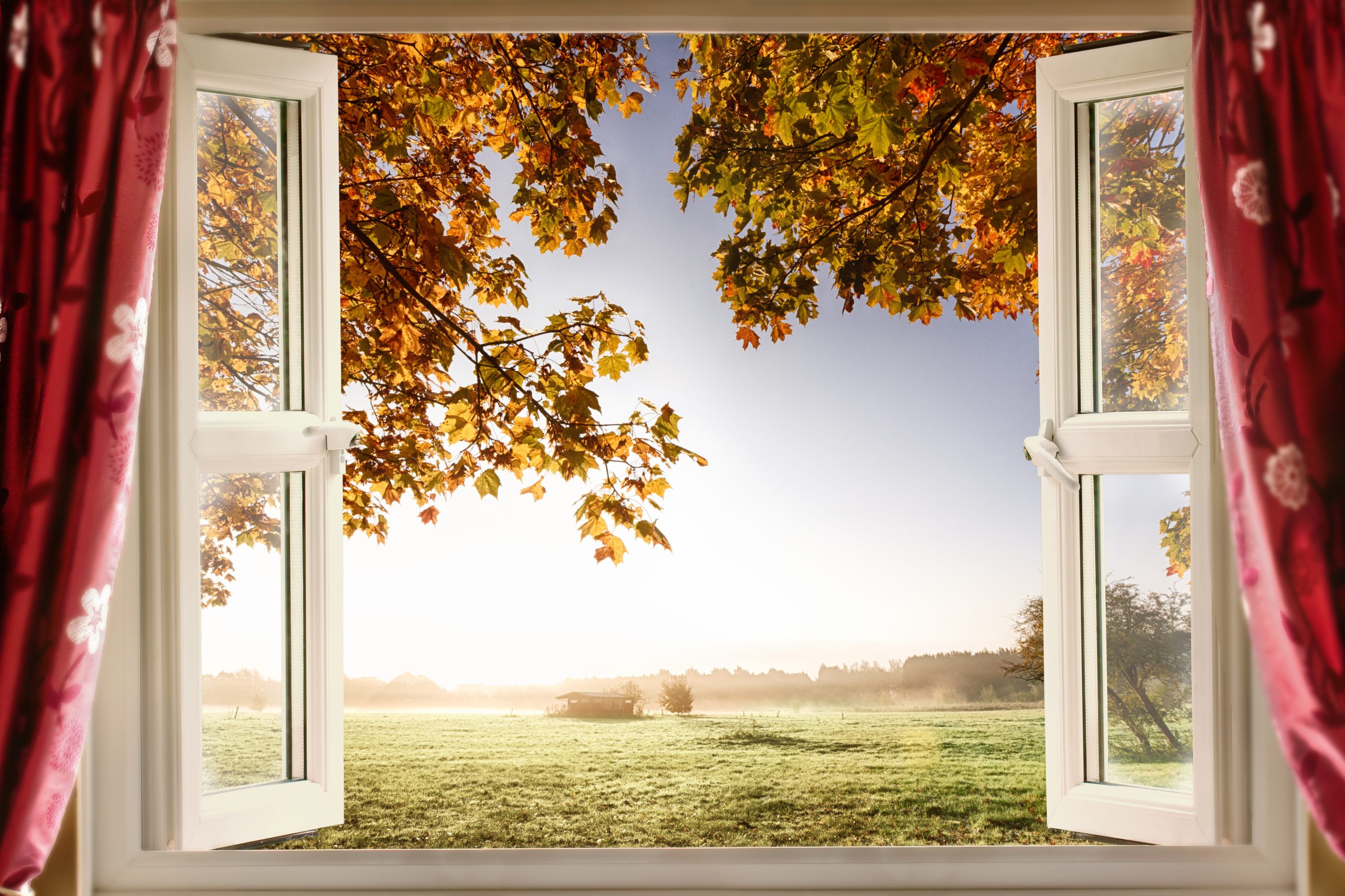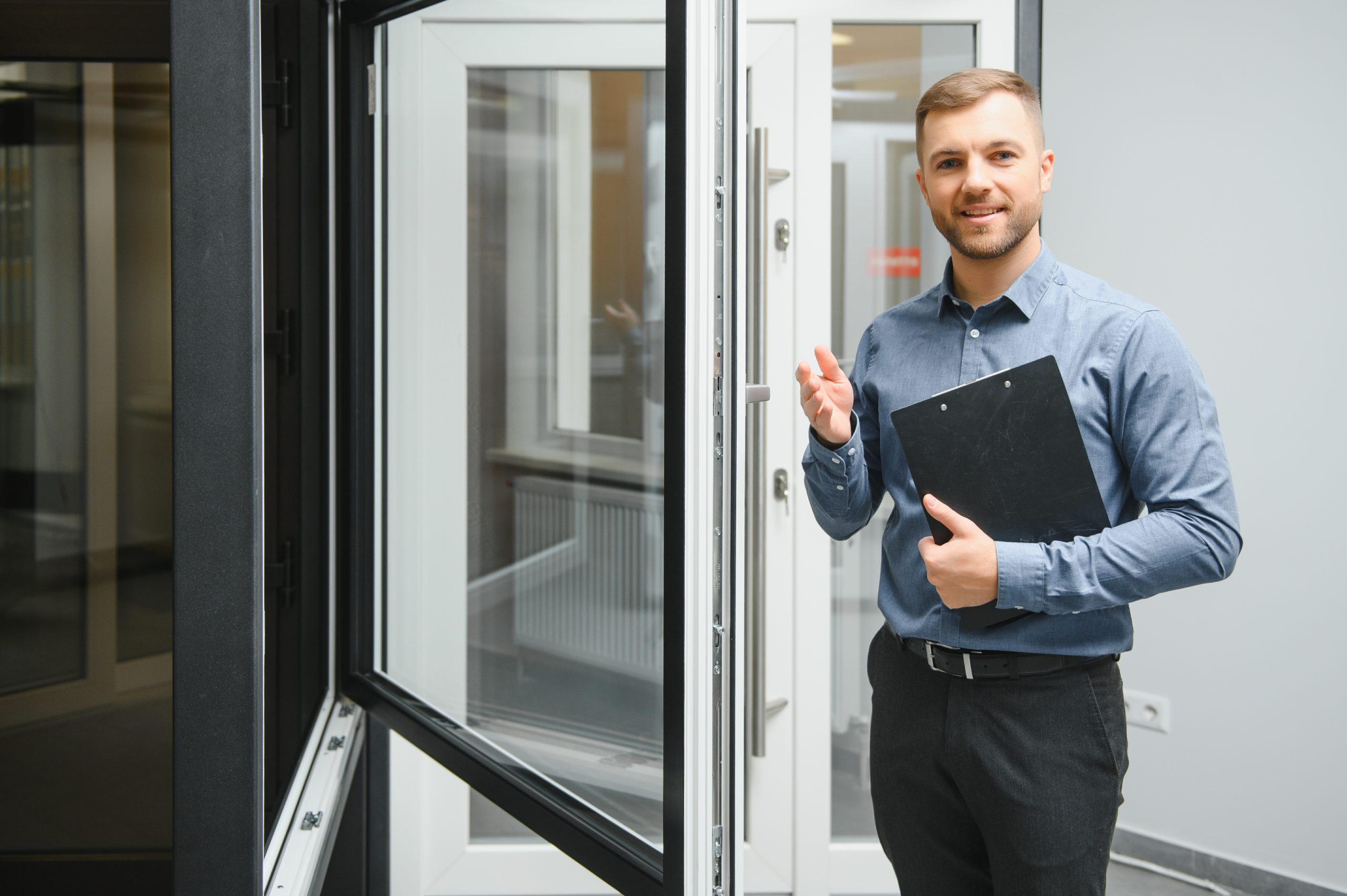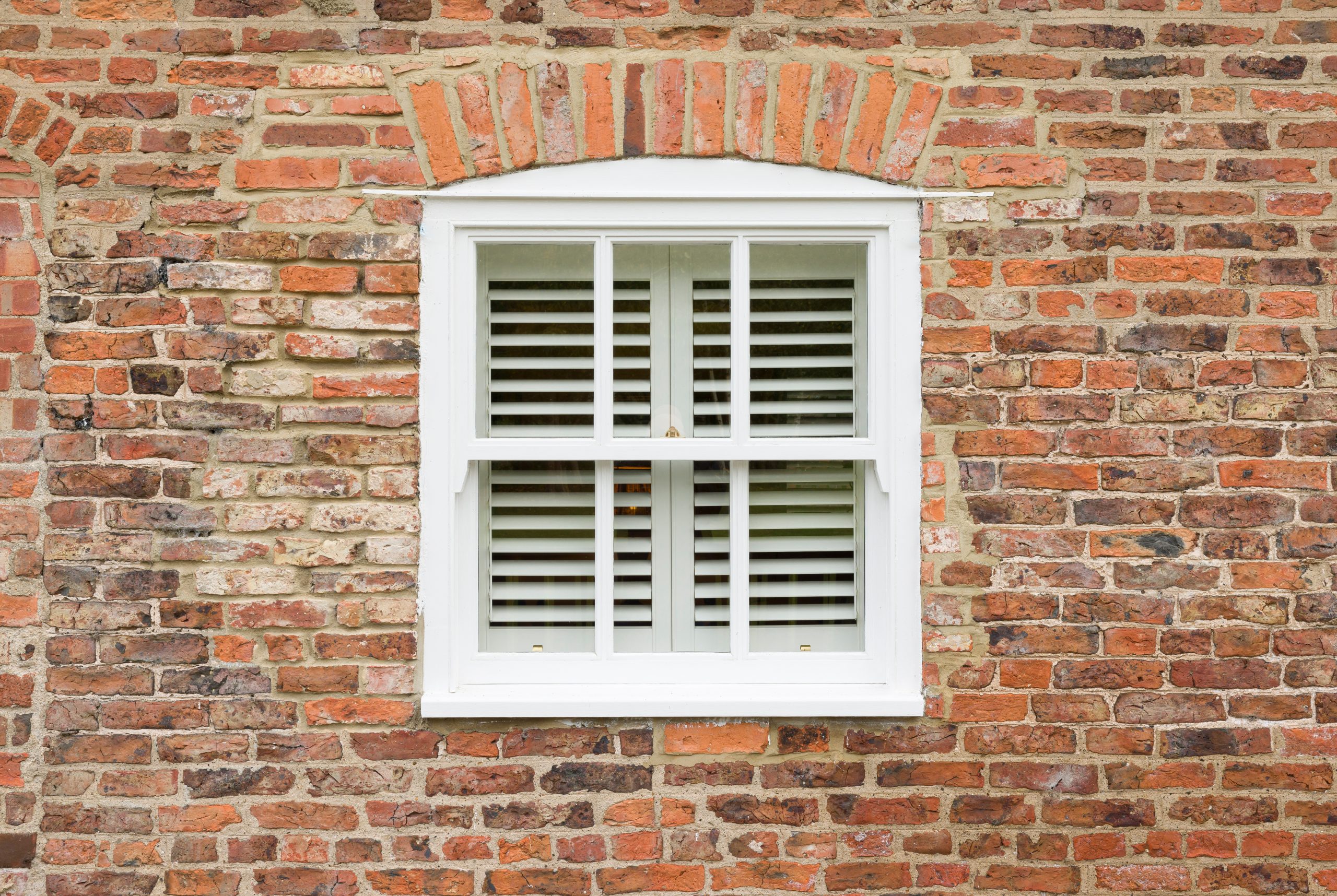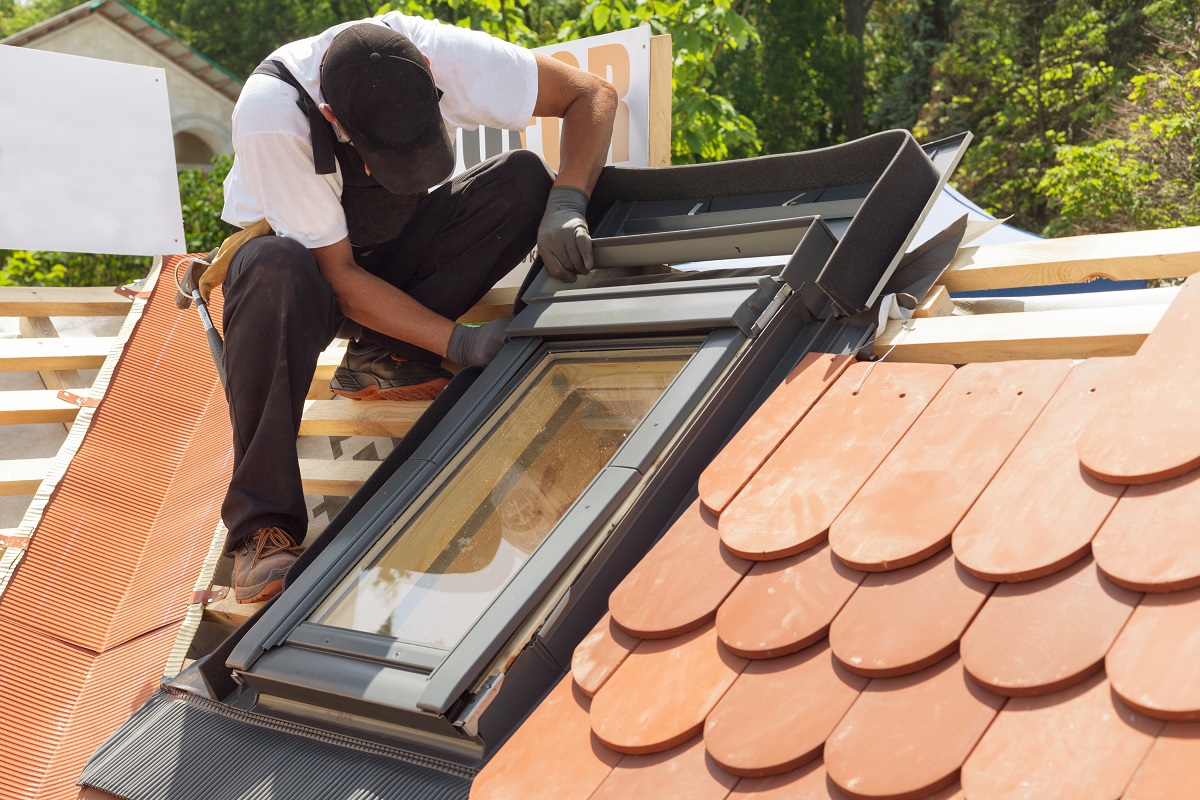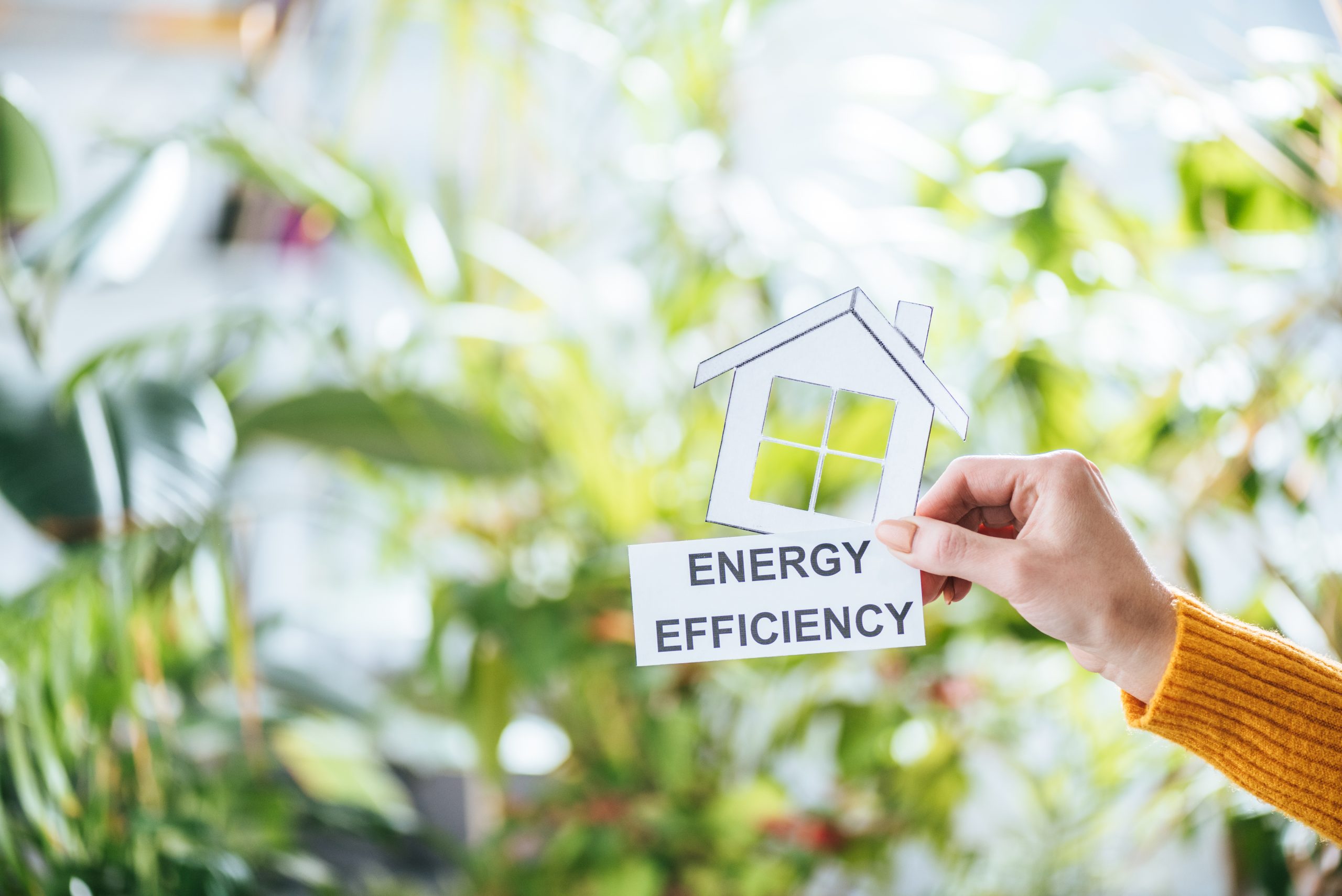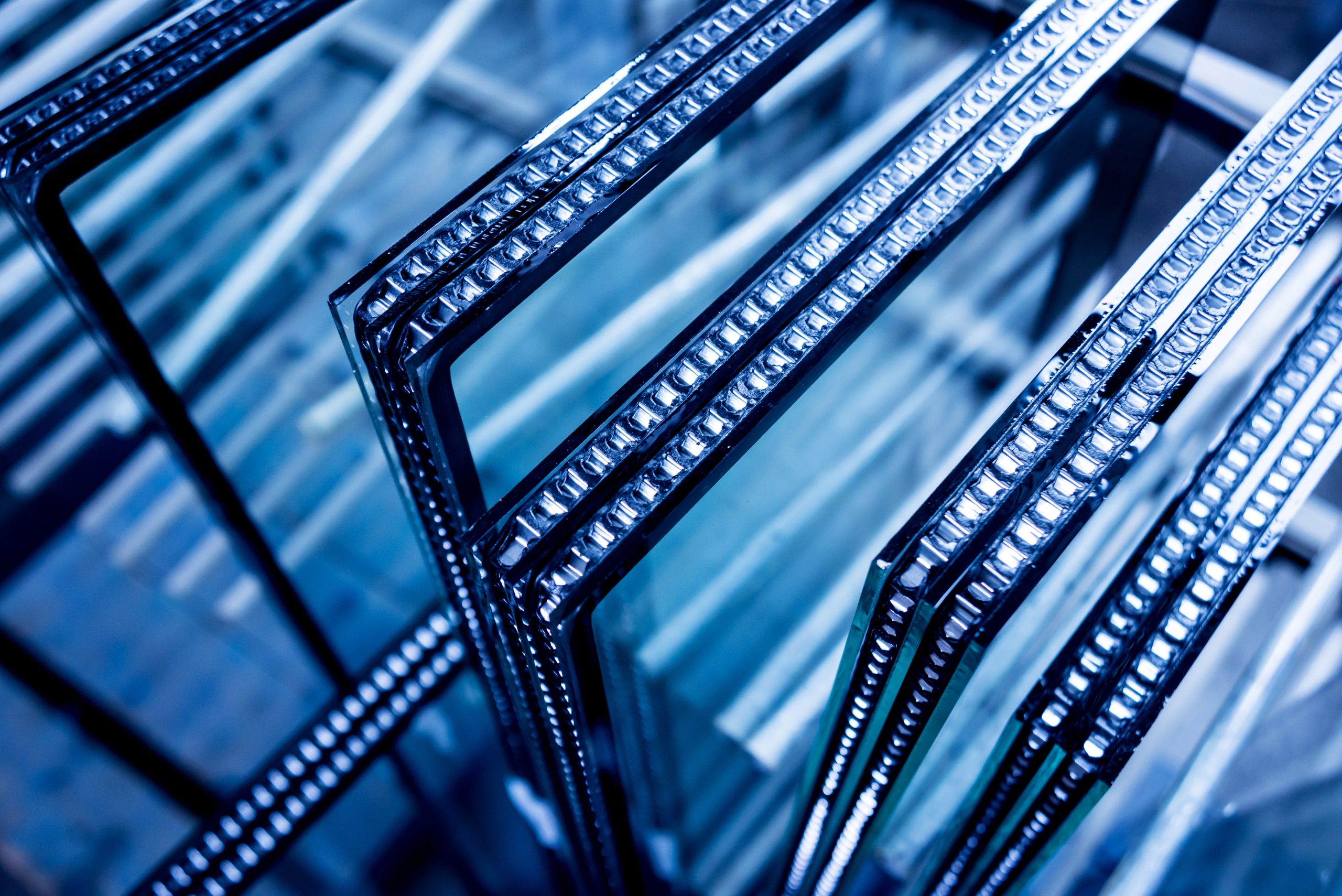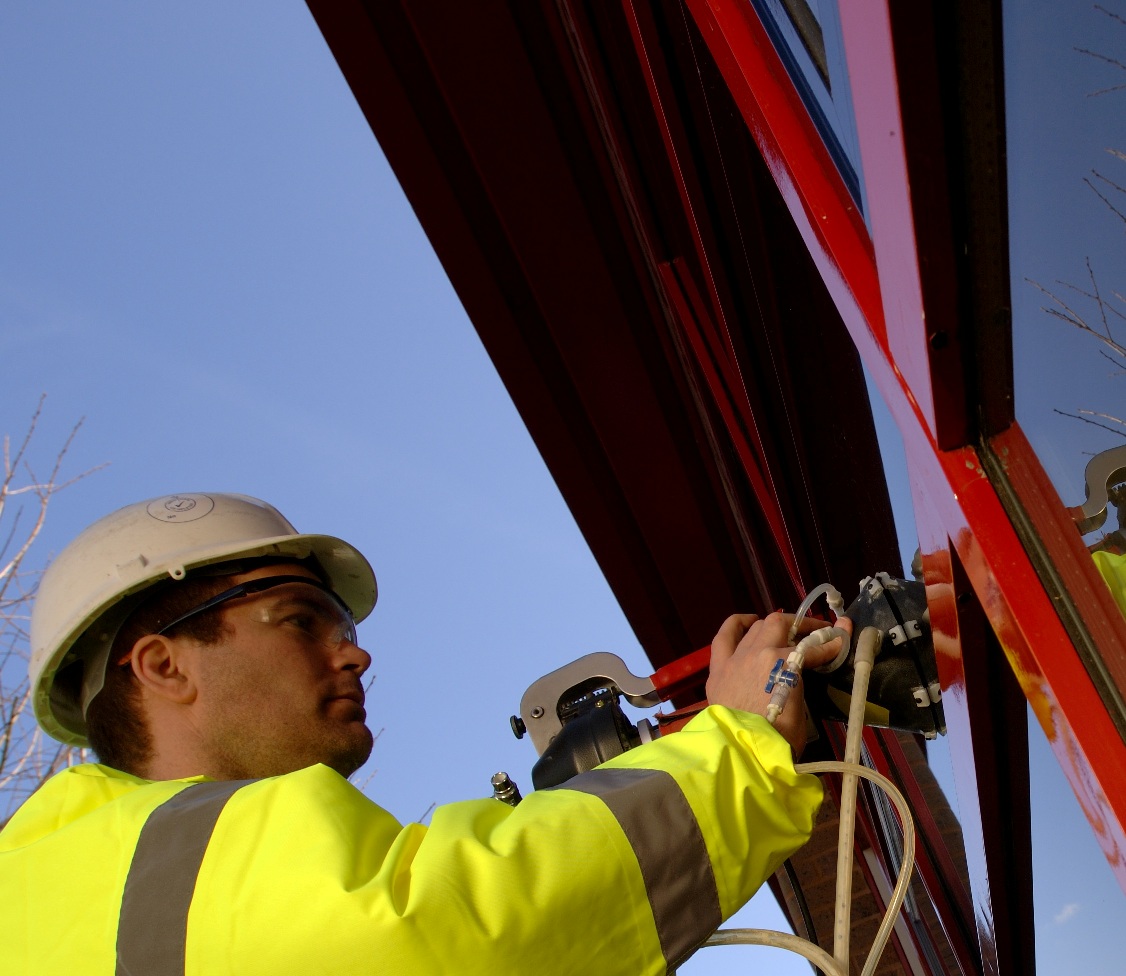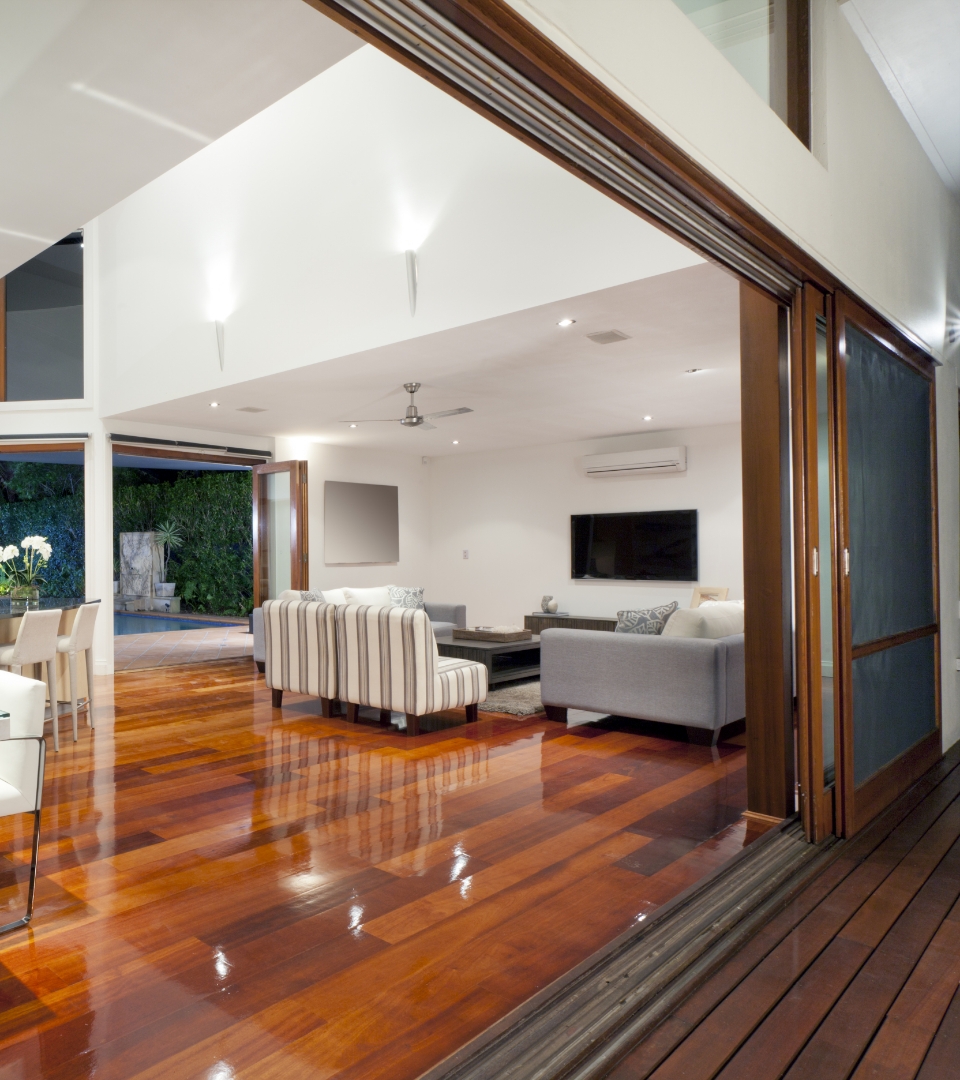Promoting the highest industry standards
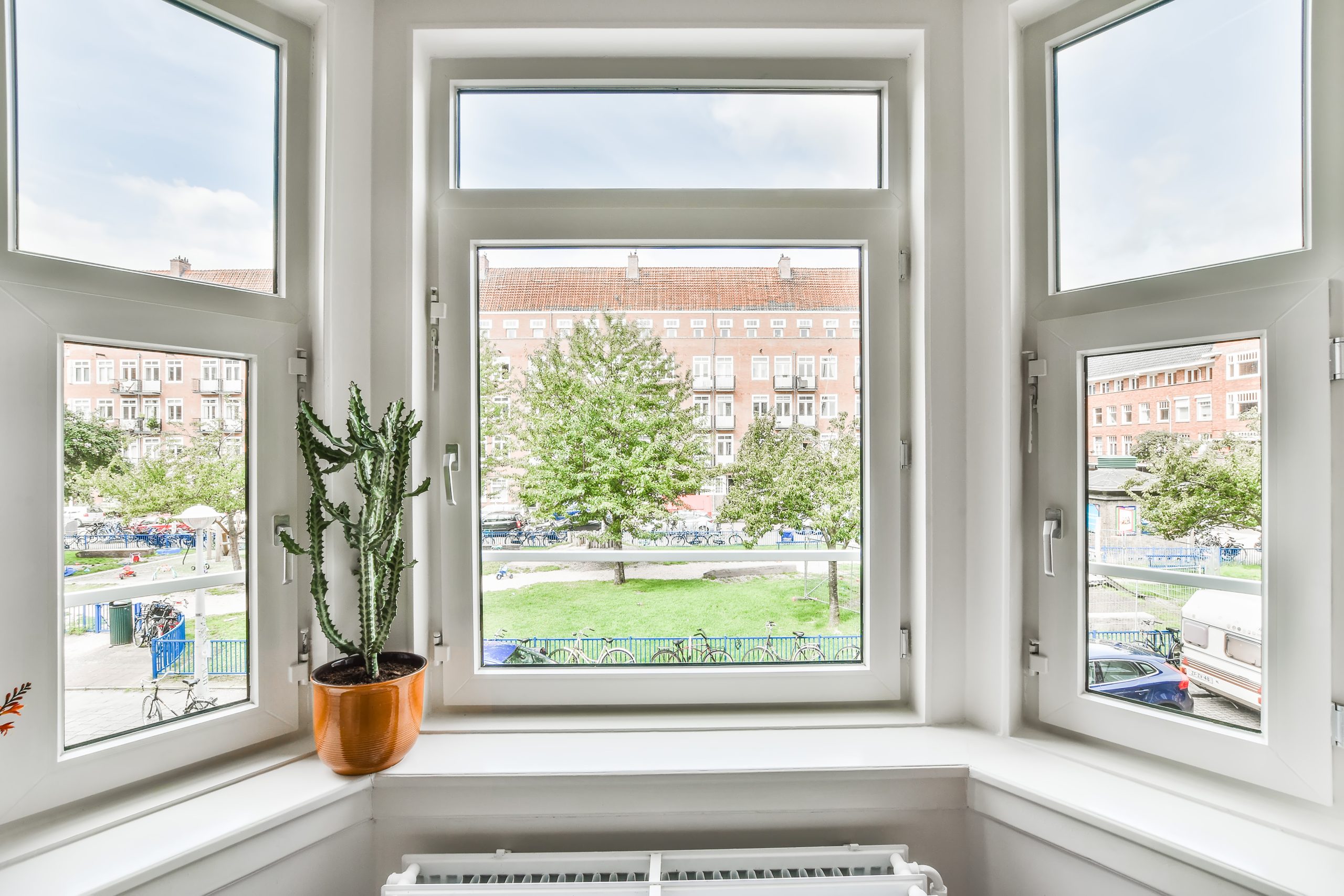
Casement Windows
The casement is a window that is attached to its frame by one or more hinges.
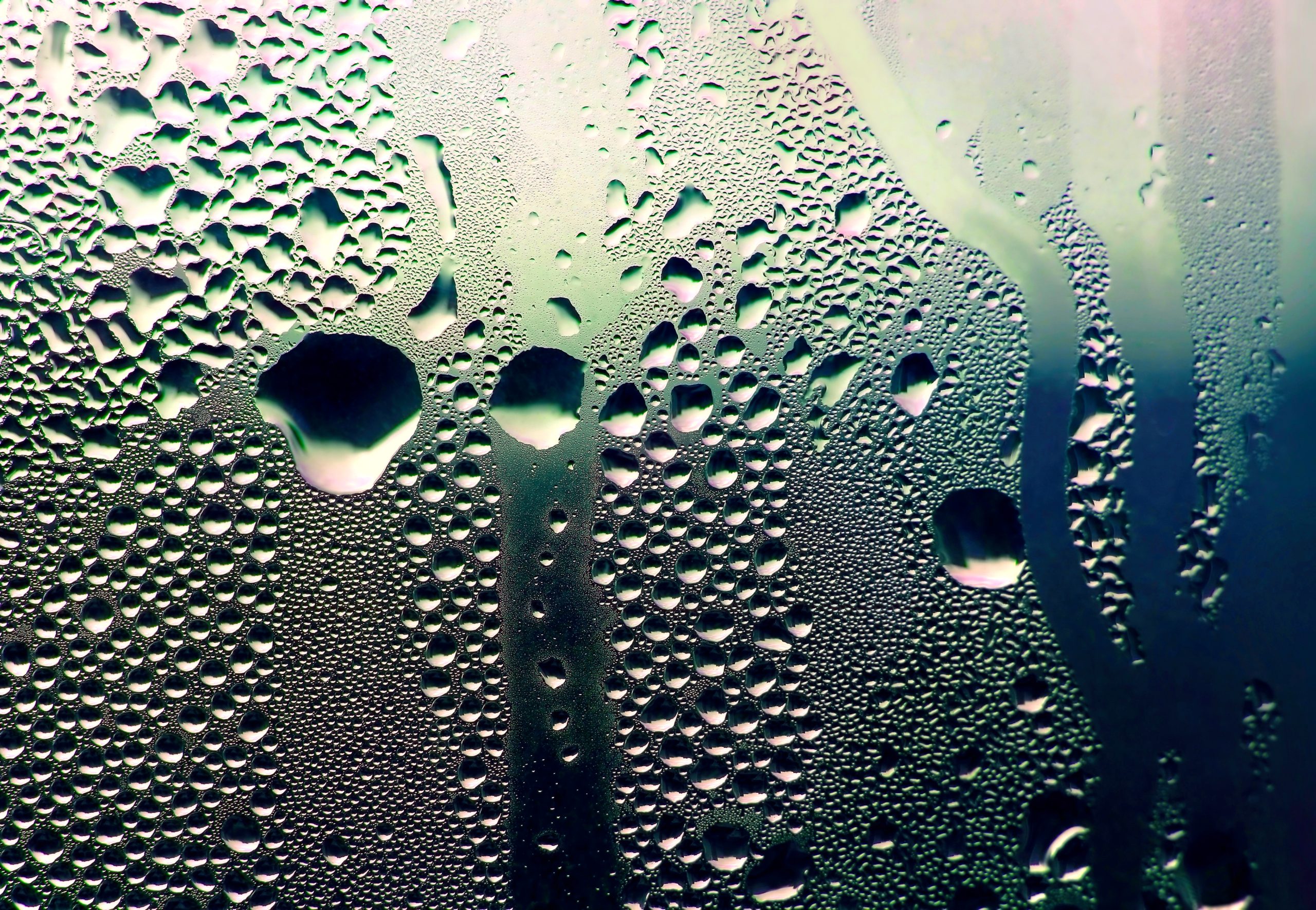
What is condensation?
Condensation in a household setting is when airborne water vapour condenses into a liquid and is deposited on interior (or exterior) surfaces.
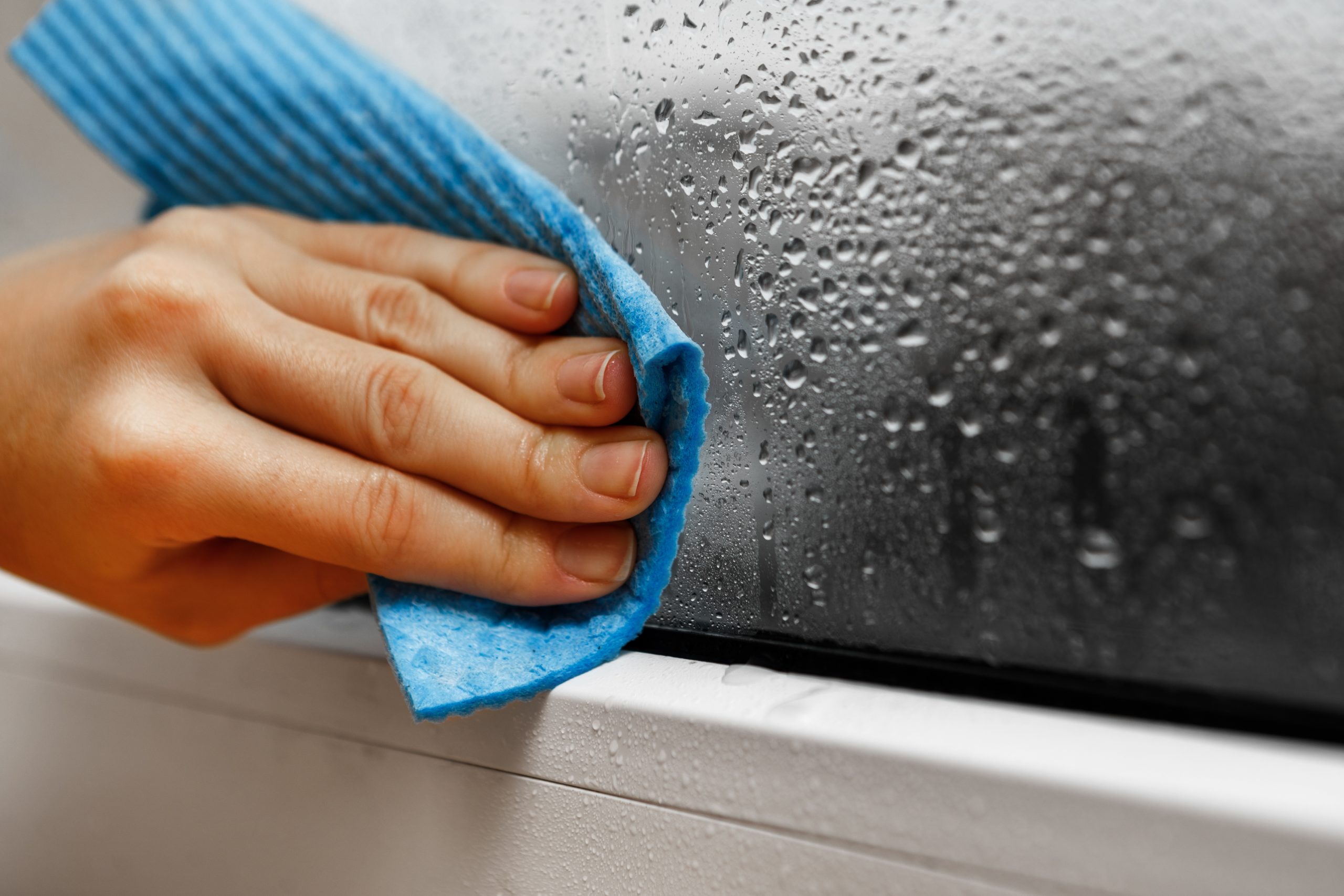
What impacts condensation
The factors governing condensation

Condensation Tips
Helpful tips on condensation
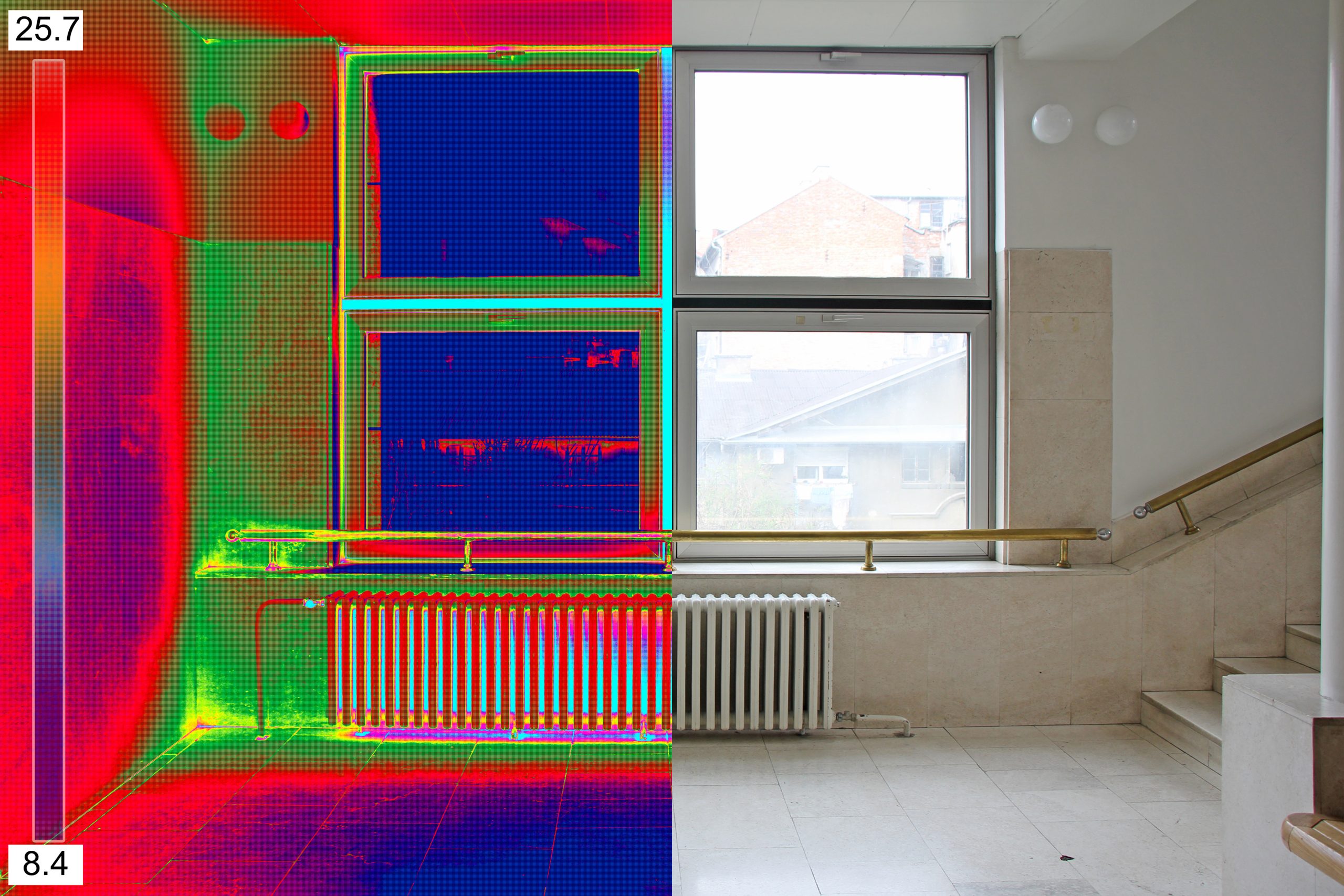
What is energy efficient glazing?
Energy-efficient glazing is the term used to describe glazing consisting of two or more glass panes within a sealed unit. This includes double and triple glazed windows and similar units found within doors.
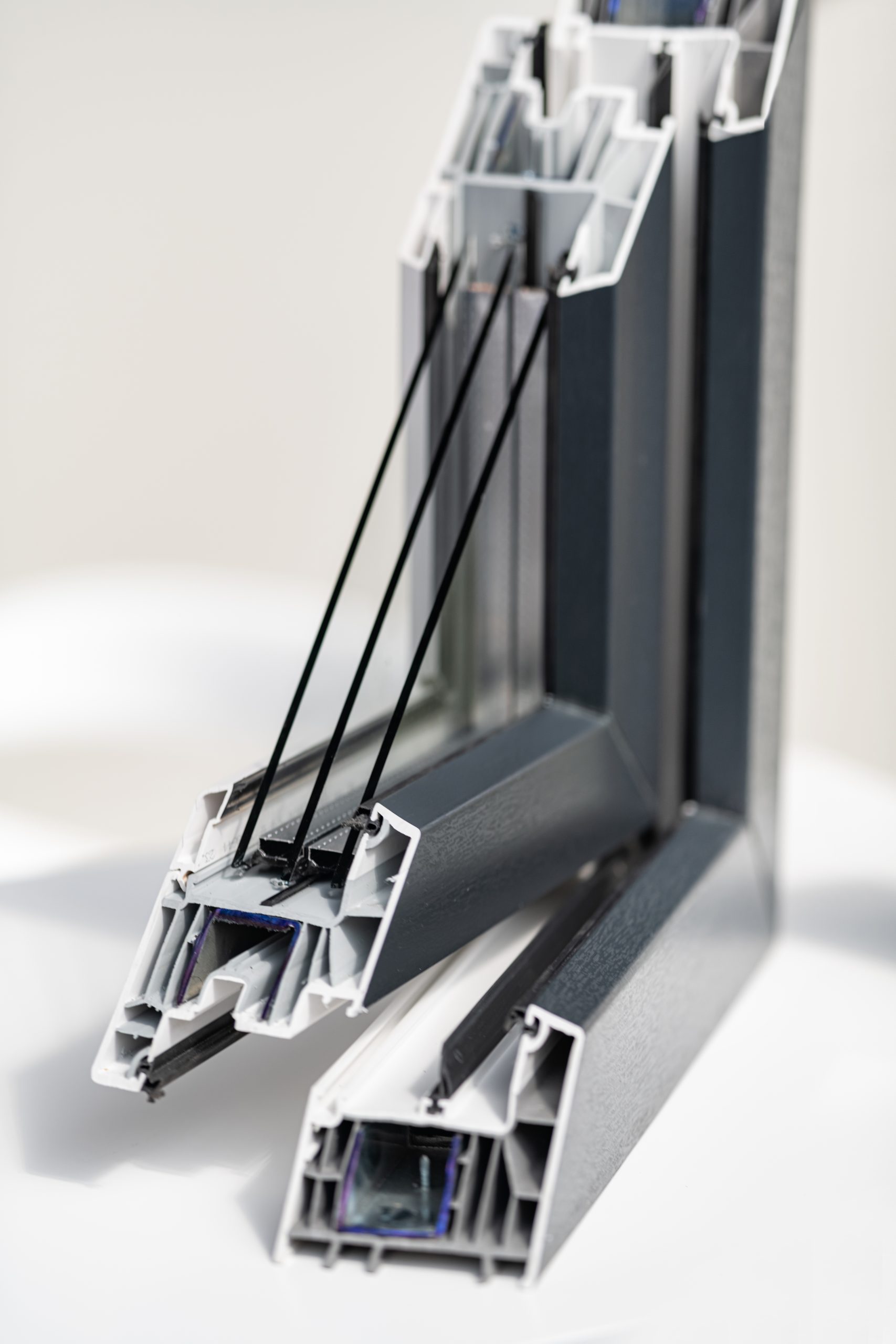
What is in between the glass panes of a sealed unit?
The air gap limits the amount of cold air able to get into your home. It does this by acting as an insulator and is completely sealed.
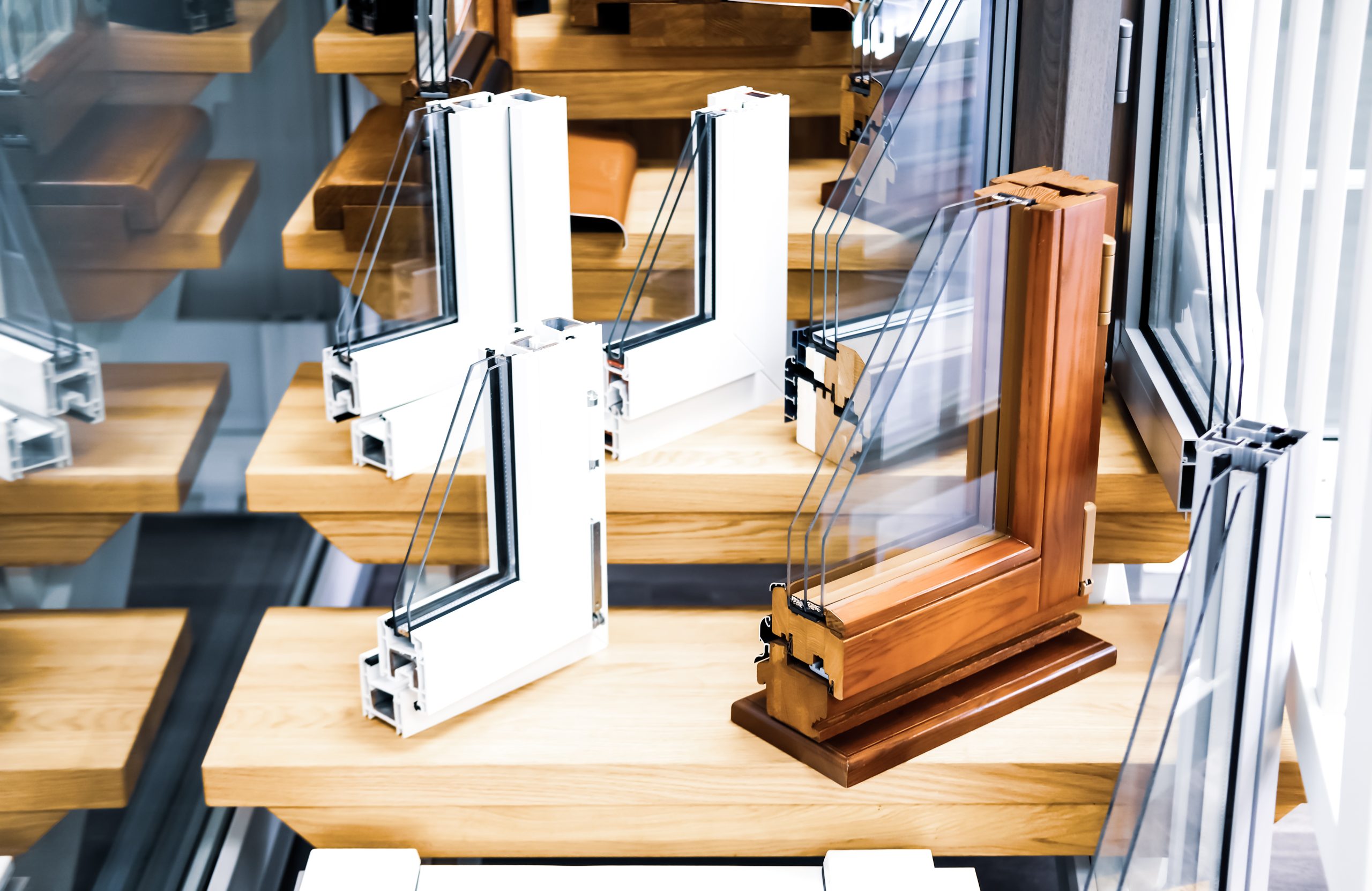
The type of frame material used
As with the glass itself, the frame material used in energy-efficient windows and doors is also important.

Energy rating and u-values
For ease of purchase, certain window manufacturers label the energy efficiency of their windows with an energy rating ranging from A++ to C, A++ being the most efficient.
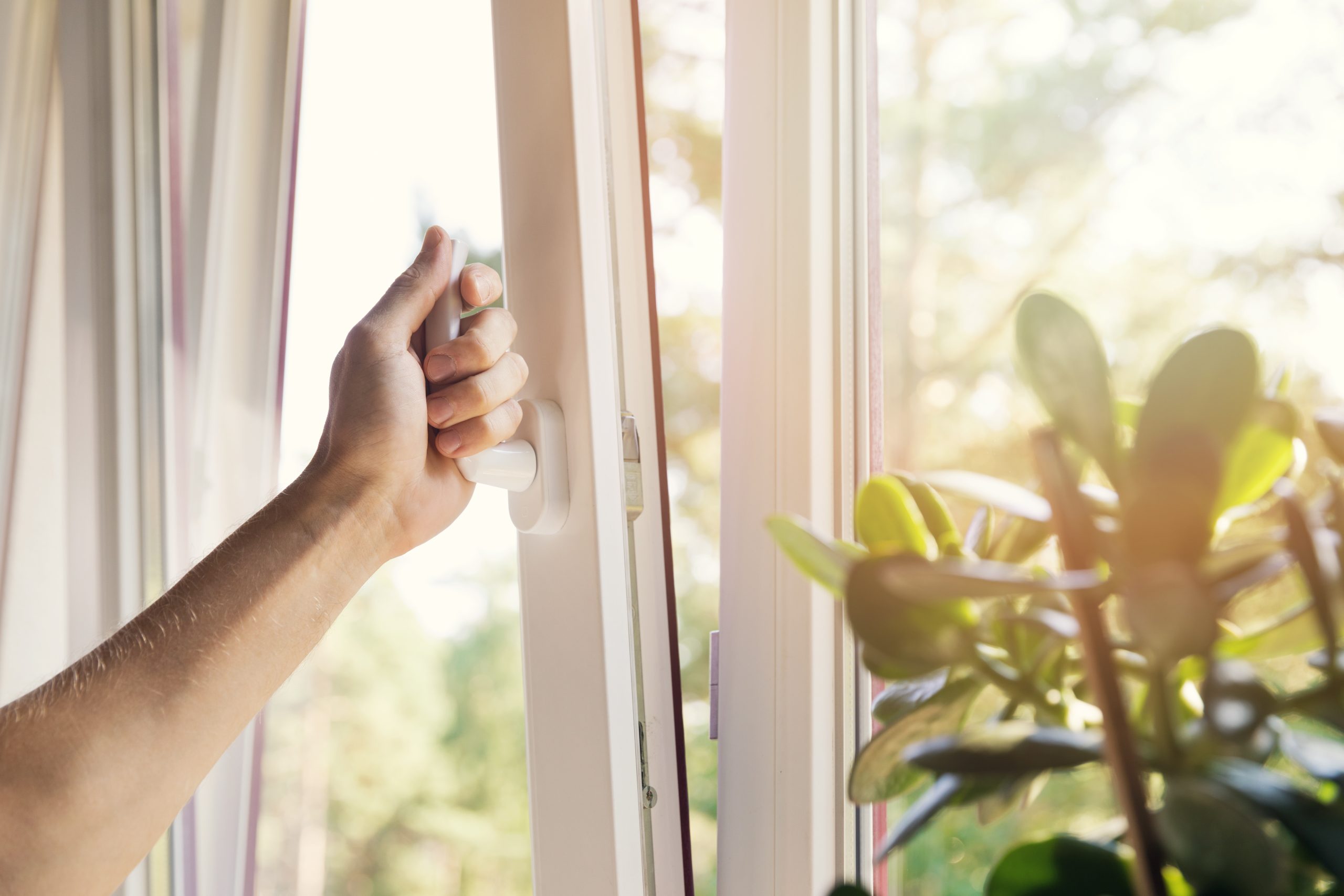
The benefits of energy-efficient glazing
There are many benefits of EEG, which are increasing all the time as technology and building techniques advance, and our eco-awareness increases.

Low Emission Glass
Low emissivity glass is glass that has an invisible microscopic coating applied to it in order to improve its thermal efficiency.
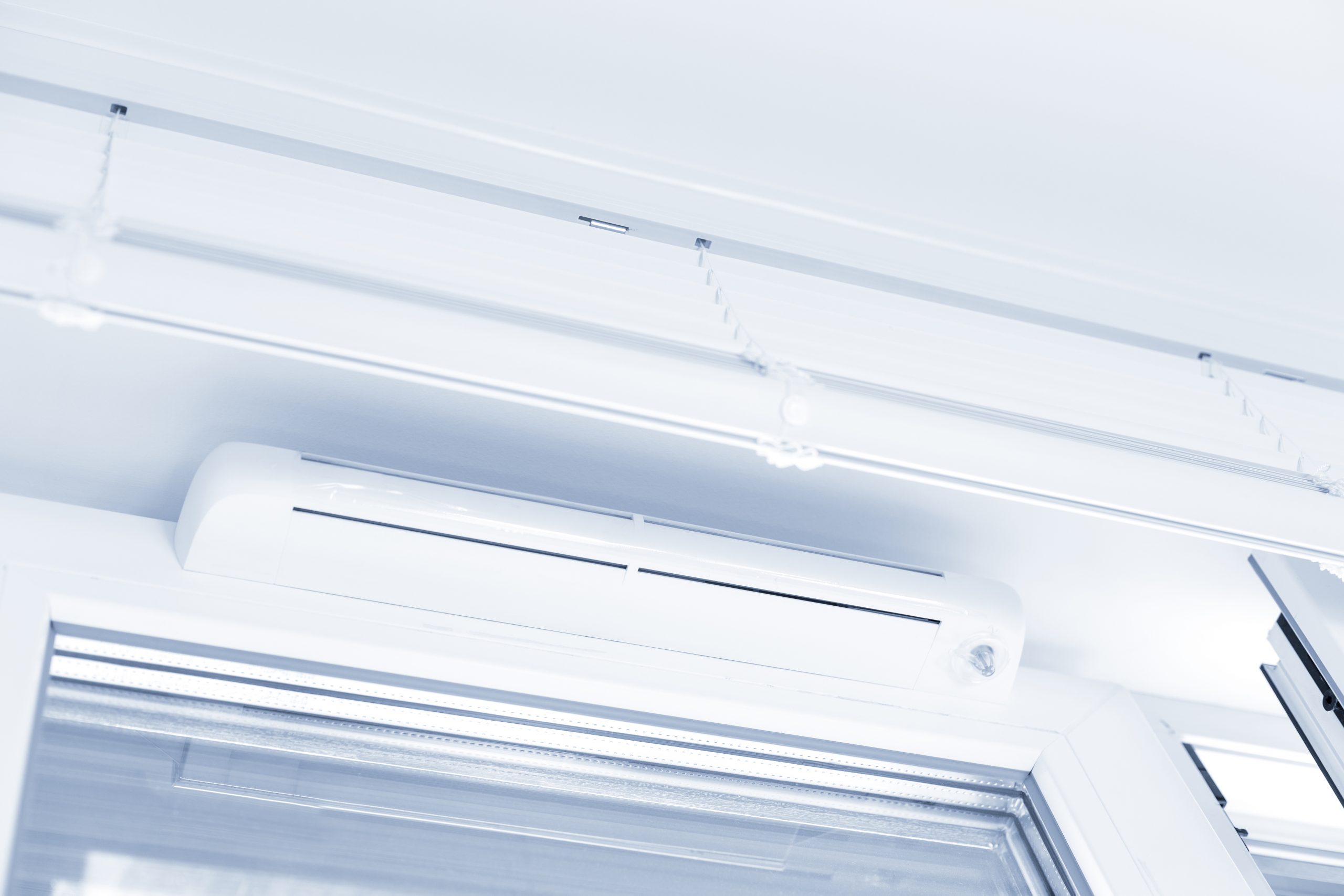
Trickle Vents Styles
Trickle ventilators can be fitted with all window framing materials including PVC-u, timber, steel and aluminium.

Casement windows
The casement is a window that is attached to its frame by one or more hinges.
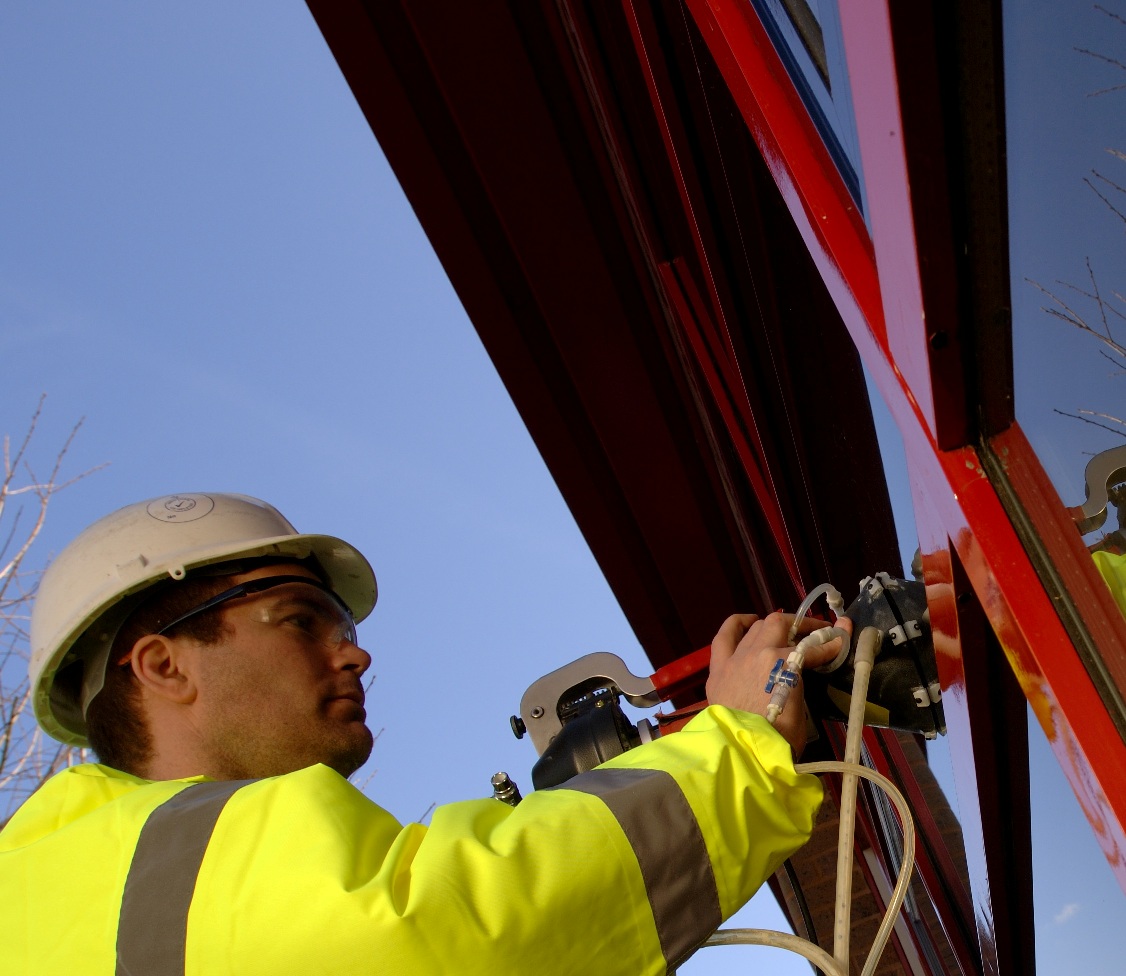
Repair (Windows)
Problems with existing windows can be numerous and range from external issues such as inconsistent energy efficient performance, damage from extreme weather conditions, leaks and misted glass panes, to warped or cracked frames and surfaces, hardware wear and tear, or even rotting frames or sills.
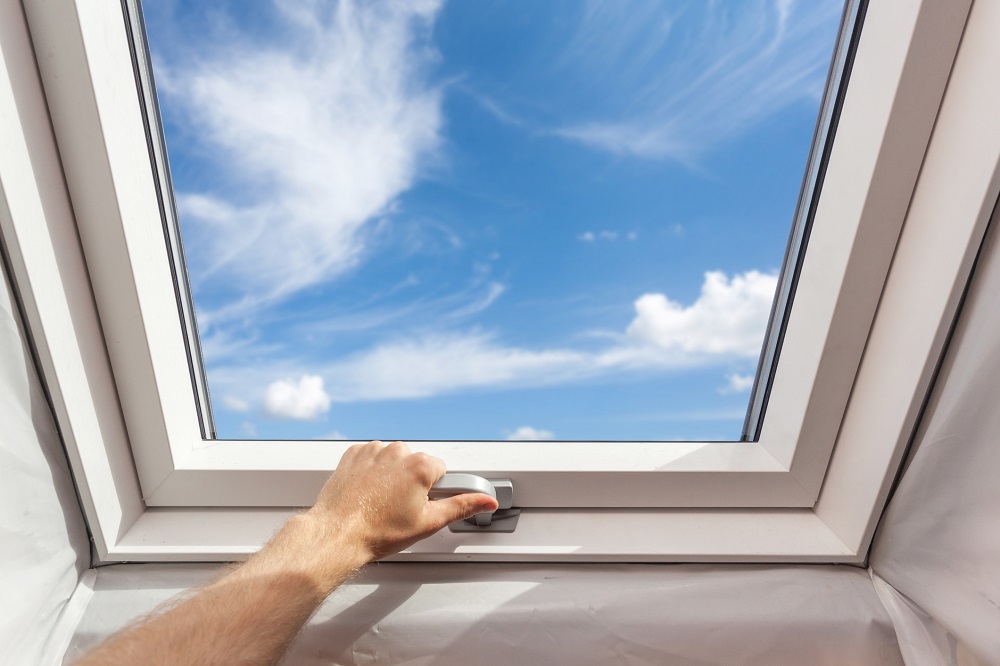
Roof Windows, Skylights & Dormer Windows
Roof windows – including rooflights, skylights and dormer windows – can bring light and fresh air to parts of your home where standard vertical windows cannot be installed.
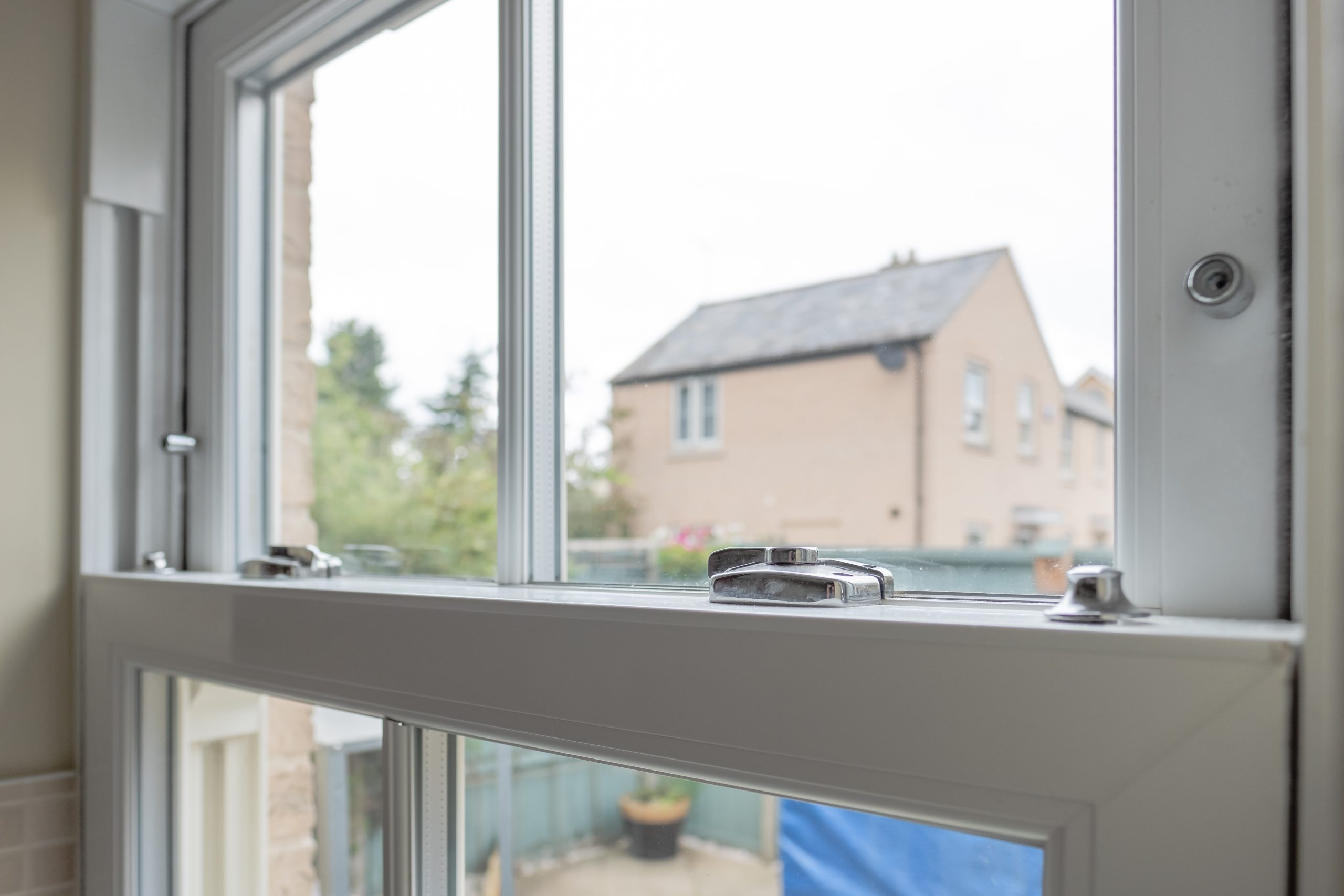
Sash Windows
Offering solid practicality and elegance, sash windows (including box sash windows and vertical sliders) have been one of the most popular types of window in the UK for centuries.
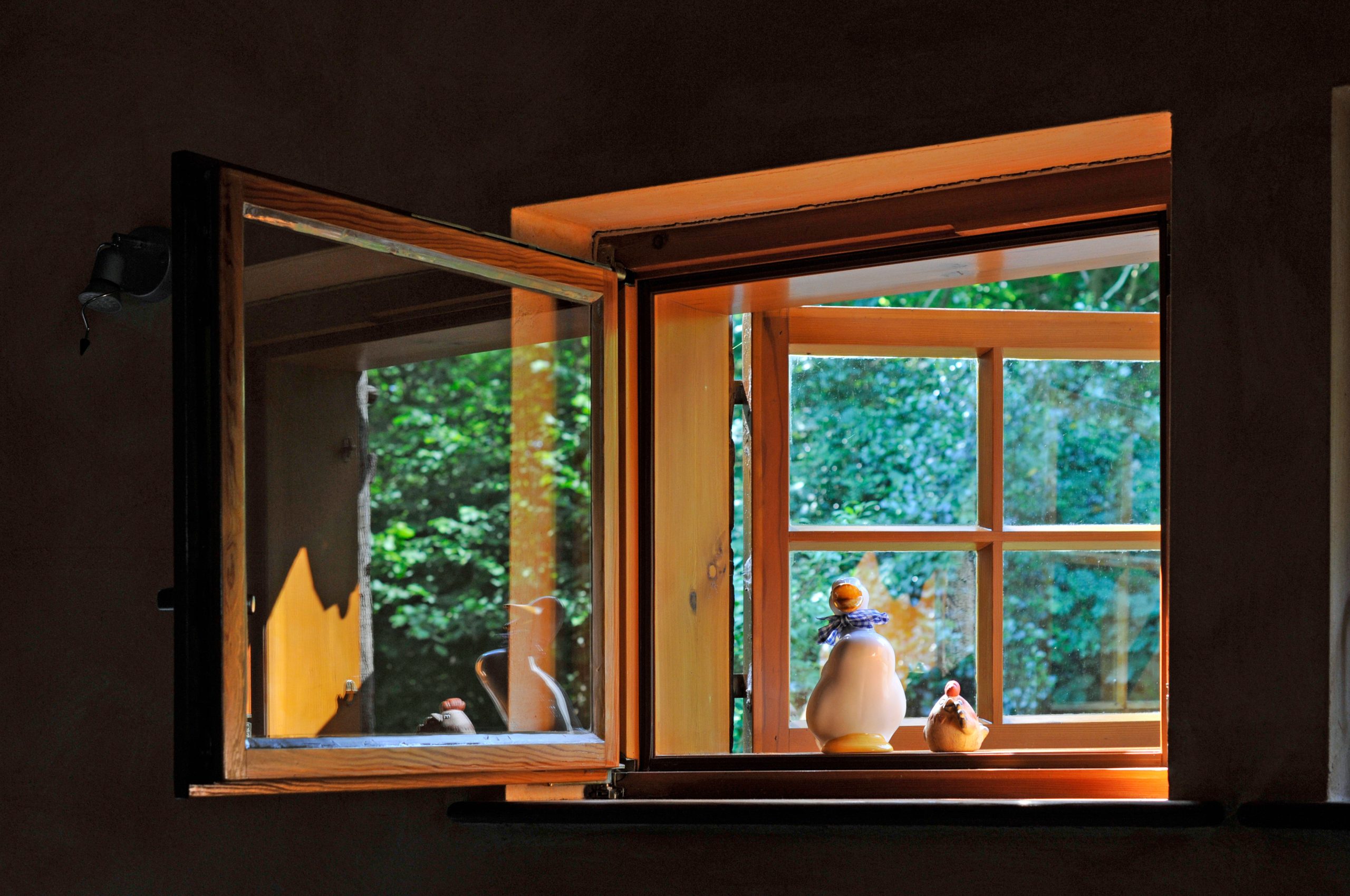
Secondary Glazing
Secondary glazing consists of an additional glazing system (i.e. window unit) fitted to the inside of an existing window.
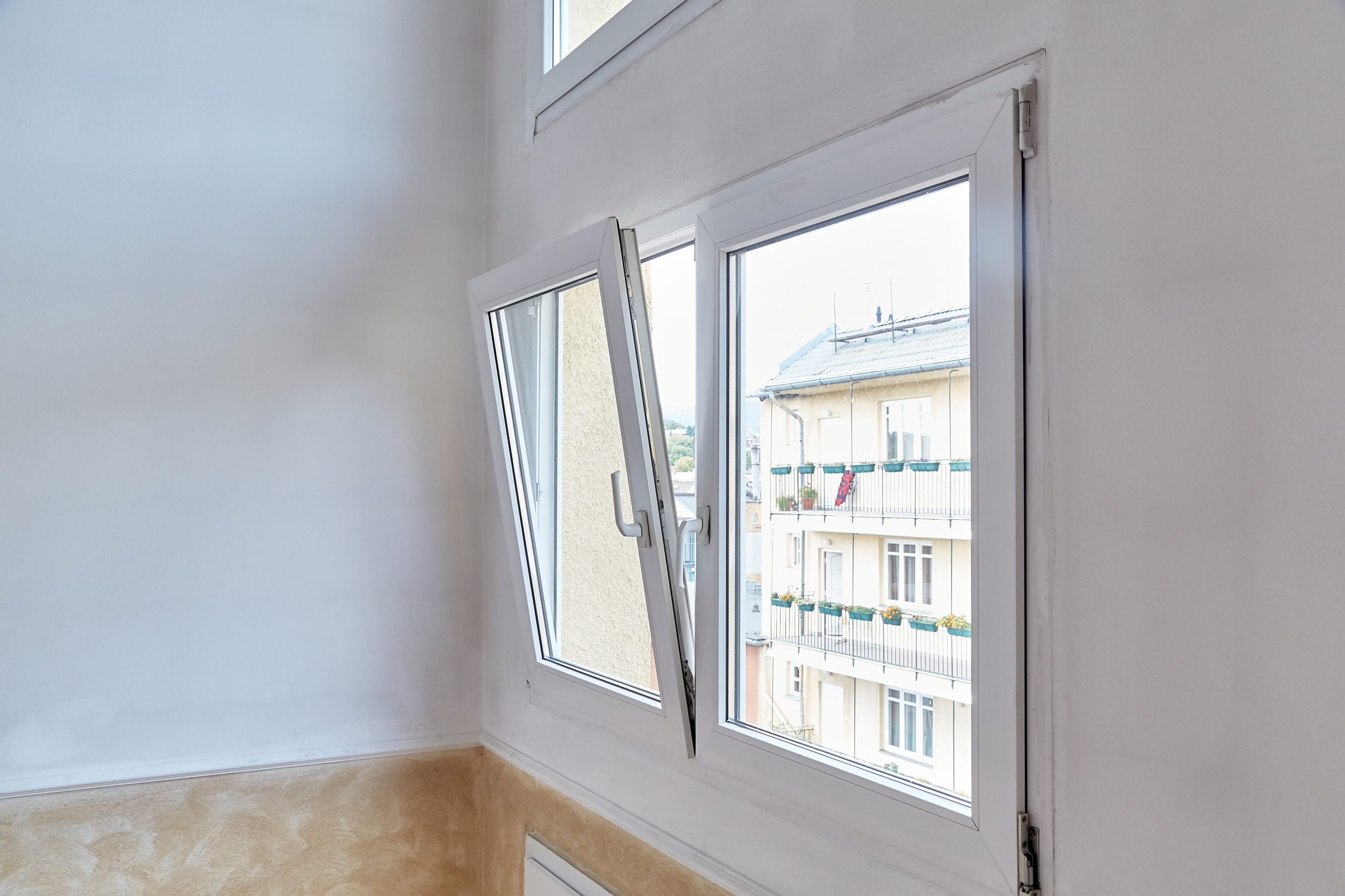
Tilt and turn windows
Tilt and turn windows are an attractive option for homeowners as they offer easy maintenance and cleaning, a secure opening option and excellent ventilation when fully opened.
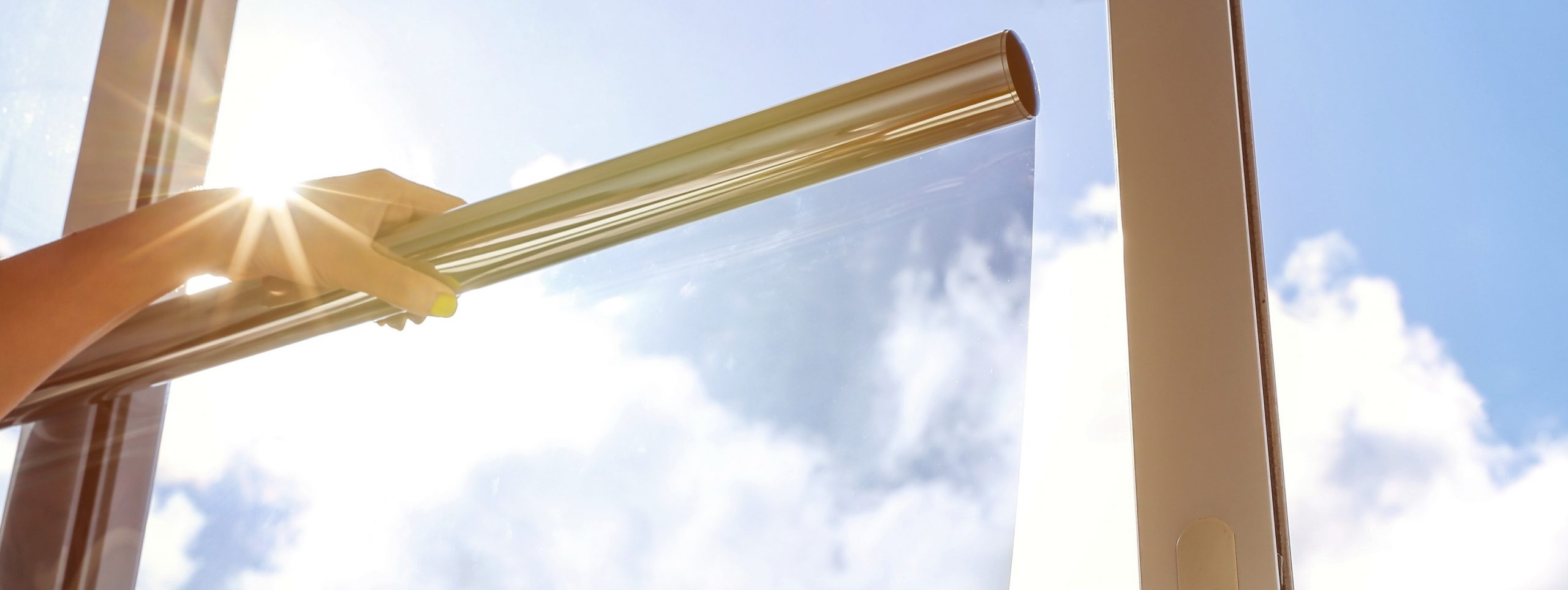
Window Film
Window Film has been designed for application to glass to improve its performance and offers homeowners numerous benefits.

 Emergency Glaziers
Emergency Glaziers GGF Shop
GGF Shop MyGlazing.com
MyGlazing.com Find a GGF Member
Find a GGF Member